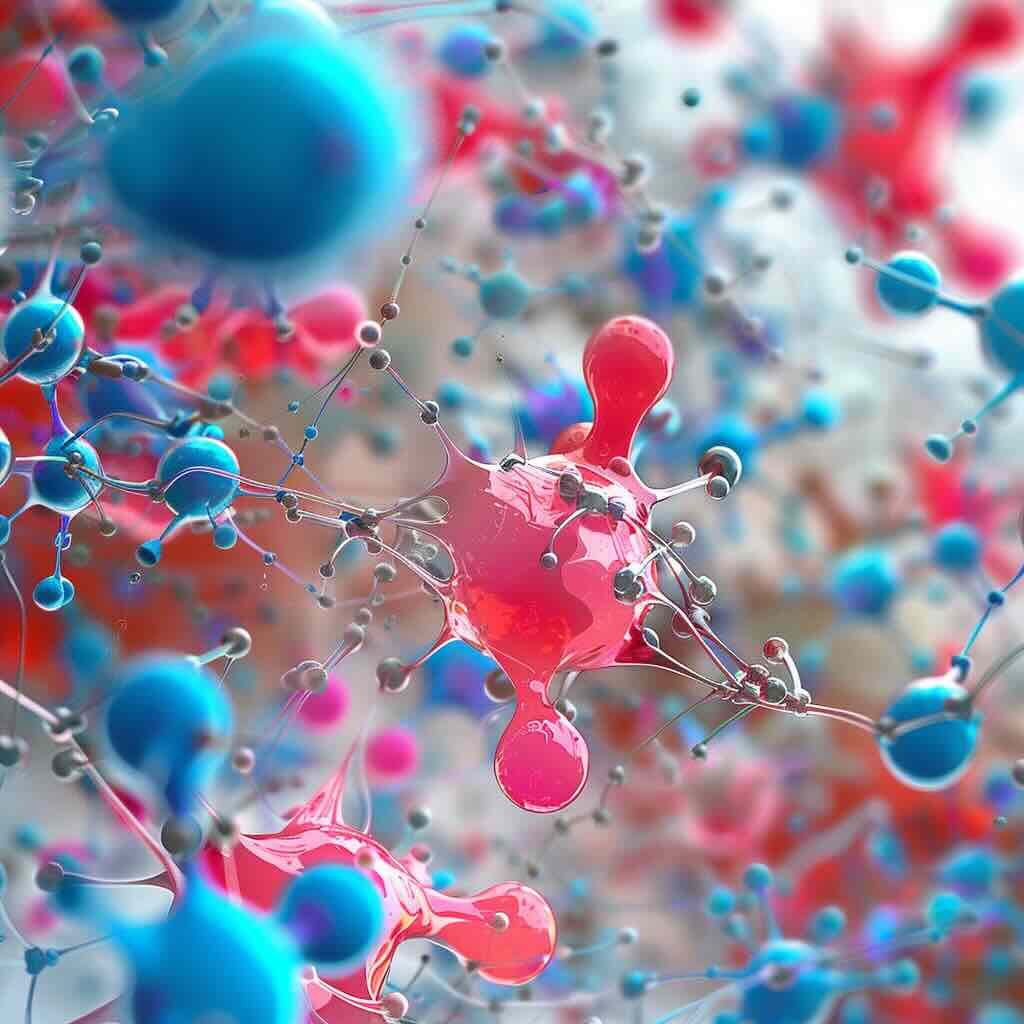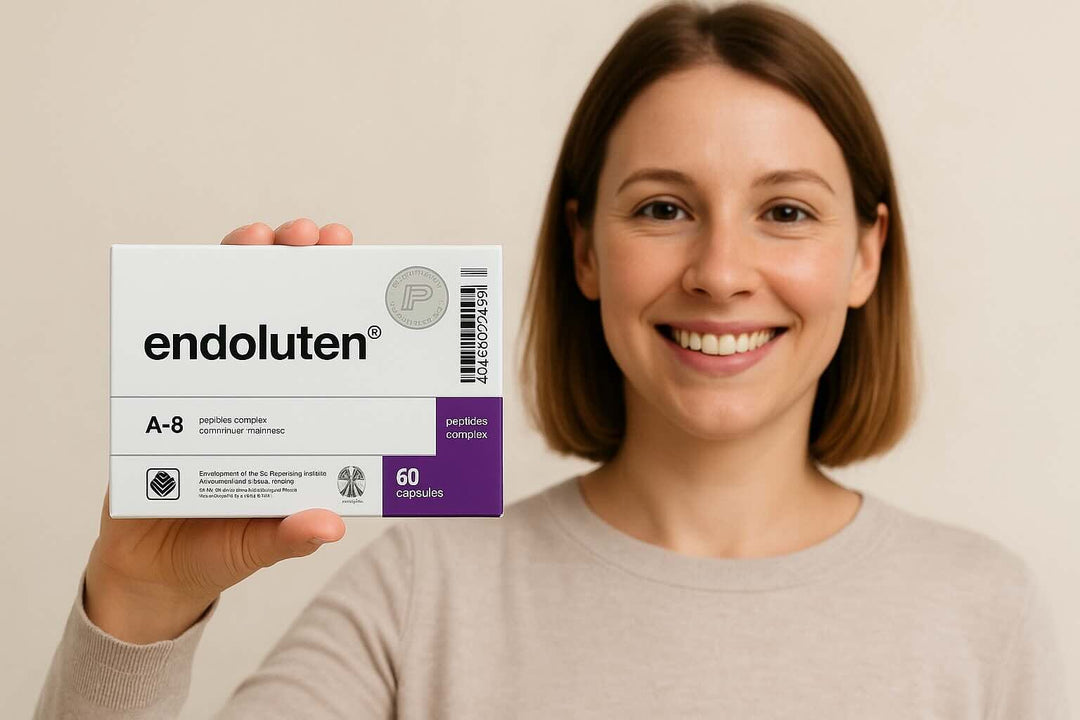Cerluten®, the naturally active peptide bioregulator consists of a mixture of reduced molecular peptides with weight up to 10000 Da, isolated from the CNS of young animals. Cerluten® is produced in the form of capsules with a content of active substances of 10 mg.
The peptides have tissue specific action on cells of the tissues from which they were isolated according to experimental studies. Regulation of metabolic processes by Cerluten® peptides boosts brain safety margins. Processes of adaptation in organisms become favorable in severe conditions, and they have adverse oxidative properties, balancing peroxide oxidation processes in the brain cortex. It is probable that administration of Cerluten® could be efficient and beneficial in the restoration of the function of the central nervous system and its disorders of different origins.
Diseases of the central nervous system lead to the invalidation of patients and social adaptation disorder, therefore, its treatment is of definite importance.
The various kinds of action used in traditional therapeutic agents to carry out treatment of patients with diseases of the central nervous system of pathogenetic mechanisms include influence on metabolism and integrative functions of the brain and reduction of psychopathological signs. They also involve normalization of cerebral and systematic circulation, correcting changes of bioelectric activity of the brain, inhibition and prevention of adhesive process, influence on liquor dynamic disorders and correcting immunopathological reactions
Clinical studies of Cerluten®
After doing clinical studies of Cerluten® on patients with different diseases of the central nervous system between 1 year and 10 years duration, the findings showed that after stroke, craniocerebral injury, vascular encephalopathies, the long-term effect is an increase in mental capacity, attention, and memory. Some patients were taking Cerluten® together with the general-purpose medicines of 1-2 capsules respectively. Other patients only took general-purpose treatment.
Symptomatic and pathogenetic drugs were given to all patients; the outcome was a short-term therapeutic effect that required an increase in a dose of the drugs per duration of their administration and treatment course. The observation of the clinical results after administration of Cerluten® was concluded to be satisfactory and there was no negative influence of Cerluten® on any condition of the patients.
A comparison of subjective parameters of a certain condition before and after use of Cerluten® showed that the number of health complaints was 2-3 times less. The patients noticed decreased intelligence impairment and memory impairment, reduce in duration and intensity of headache, increased stamina, and endurance, feeling of rest after a nights sleep and increased emotional balance.
Average reversion of focal symptoms, speech improvement at motor and sensory aphasia decrease in muscular spasticity was seen in patients with consequences of stroke and craniocerebral injury.
Assessment of influence of Cerluten®
Correction task and electroencephalography were used in the assessment of attention and bioelectric activity of the brain and comparative assessment of the influence of Cerluten® and methods of treatment on the integral function of the brain.
After using Cerluten® treatment in some patients, results of correction task showed that these patients had a lower number of errors and a higher number of symbols. The patients on general-purpose treatment didn't receive better results after carrying out the correction task. It was expressed by absence of violent oscillations of the number of symbols viewed each similar time periods, the presence of warming-up time during performing the task and gradual turn down of the curve leading to the finish of the task. And this showed a sign of highest attention balance following the treatment.
Visual analysis of electroencephalography (EEG) was used to assess the influence of Cerluten on bioelectric activity of the brain with distribution by calculation and types of an alpha index before and after the treatment. EEG was carried on patients with more expressed signs of unhealthy processes.
People who were examined in various groups prior to treatment largely had types (III, IV, V) of pathological EEG. The EEG type III was distinguished by what is referred to as non-dominant curve within low amplitude levels of somewhere below 30-35 mcV. Also, this EEG type was characterized by the presence or absence of irregular alpha activity. The type 4 of EEG was distinguished by particularly emphasized blurring of zonal differences, regularity of the rhythms. The EEG type 5 was distinguished by the presence of irregular slow activity with amplitude above 35 mcV, paroxysmal discharges, and sharp waves.
The results of patients after having the treatment using Cerluten indicated that they displayed an intense alteration in their brain’s bioelectric activity. This was first recorded on EEG and it was in the form of more apparent modulation and restoration of zonal differences within the alpha rhythm as well as a reduction in intensity of irritative processes needless to mention the elimination of paroxysmal discharges in some cases.
Apart from visual EEG, a calculation of alpha index was done on patients before and after treatment. The results showed that under the influence of the treatment there was a significant increase in the alpha index in the examined patients. Still, the order of change of alpha index in patients who were receiving different treatment was incomparable. After treatment using Cerluten® in some patients, the alpha index value was fairly higher in comparison with the parameters in the other patients.
Conclusion
From these findings, the reasonable conclusion is that activation of reserved brain cortex capacity using Cerluten® helps improve integral functions of the brain. These clinical study results have shown that Cerluten® is suitable and efficient for use in complex prophylaxis and treatment of the central nervous system diseases of different origins.
During clinical studies, there were no contradictions and Cerluten® doesn't result in complications, side effects, and drug dependence. It can be used in prophylaxis and treatment combined with any means of symptomatic therapy used in neurological practice.
Recommendations for useThere are no side effects or contradictions for Cerluten® administration, therefore, it’s recommended for maintenance of the mental capacity of elderly people, acceleration of restoration of the brain functions after stroke, craniocerebral injury, intellectual disorders and the influence on the organism of different extreme factors.
Cerluten® should be taken per 1-2 capsules 2-3 times a day 10-15 minutes before meals.
1. Kovalev G.V. Nootropic medicines. - Volgograd: Nizh.-Volzh. publishing house, 1990. - 368 pages
2. Treatment of nervous diseases: Translated from English/ Edited by V.K.Viderholt. - M.: Medicine, 1984. - 560 pages
3. Mashkovsky M.D. Medicines: Pharmacotherapy for doctors, manual: 2 parts. - Vilnius: ZAO “Gamta”, 1993.
4. Khavinson, Vladimir, Ph.D. "CLINICAL STUDY OF THE BIOLOGICALLY ACTIVE PEPTIDE BIOREGULATOR CERLUTEN." Clinical Study of the Biologically Active Peptide Bioregulator Cerluten.





